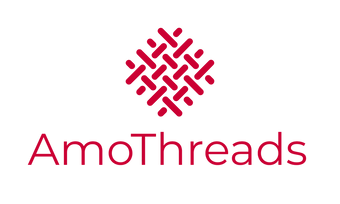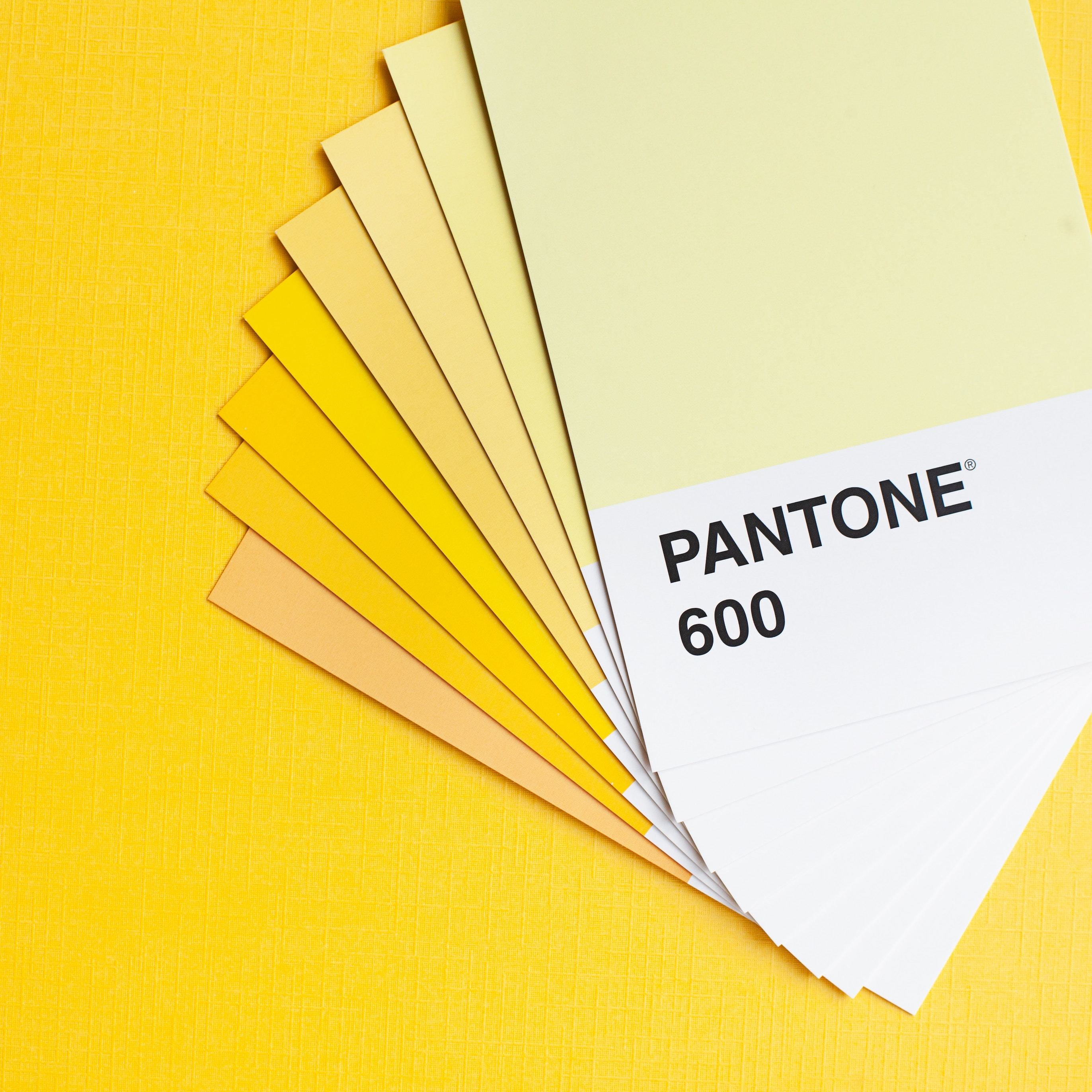We know that fashion is the 2nd biggest polluter in the world, right after oil, but how is this?
As well as the large amount of water needed to make textiles, the production process requires lots and lots of harmful chemicals to make the textiles which is a huge contributor to the worlds pollution problem.
In the process of making textiles, chemicals such as polyvinyl chloride and chlorine bleach (to name a few) are used to help make the textiles look and feel as we see them today. As the fabrics are washed and then rewashed during the process, it means that each time this happens, the polluted water is then released. Not only this, but the amount of actual water that is needed to produce textiles is a rather large amount - 594 gallons just to make one t-shirt according to WWF!
Water isn't the only resource that gets polluted during the process. When making the textiles, the pollutants from that come from the chemicals used in the production are then released into the air. When released into the air, the pollutants are then adding to the greenhouse effect.
When factories are left with excess fabrics, in most cases it will then be disposed of rather than sold on (this is where AmoThreads comes in!). When these fabrics are disposed of, they will either be sent to landfill or burnt. If the first option, then the fabrics will start to let off toxic gases when they are decomposing, and if the latter, the fabrics then release the chemicals into the atmosphere when burned.
How can we help?
One of the main issues here is the fact that as more textiles are produced, the more water is required and more gases are released.
To help slow this down we can reuse what we already have or if we are buying new, we can buy what is already there. For example, deadstock. By using deadstock means not only are you buying what has already been produced, but you are helping to save this fabric from going to waste.
Another option is by purchasing fabrics that have been produced in a sustainable way. I.e. no harmful chemicals have been used, or they have been made out of recycled materials!
Whilst this is a huge worldwide issue, by doing small changes can help just make the tiniest of difference to support our future generations.




